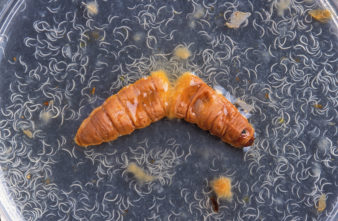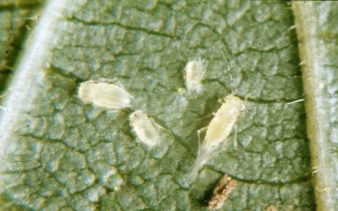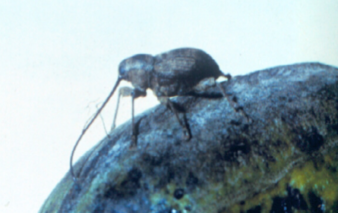
Considerations for applying beneficial nematodes for pest control
Summary Beneficial nematodes (entomopathogenic nematodes) are effective in killing the ground-dwelling stages of pecan weevil. The use of beneficial nematodes is compatible with organic pest control approaches. Like many biocontrol agents, some special considerations for applying beneficial nematodes are necessary, such as appropriate temperatures, soil moisture, and avoidance of UV light. Beneficial nematodes can be...
Read more
Organic approaches to managing aphids and lepidopterans in pecan
Summary: Pecan aphids benefit greatly from conserving natural enemies (lady beetles, lacewings, etc.) in the orchard. Applications of gibberellic acid lead to reductions in black pecan aphid populations. Grandevo® also contributes to reductions in black pecan aphid populations and conserves natural enemies. Entomopathogenic (insect-killing) fungi applied as a spray or incorporated as an endophyte show...
Read more
Organic Approaches to Managing Pecan Weevil
Summary: Several organic methods can be used to control pecan weevil. Grandevo® has produced high levels of control when sprayed to the pecan canopy. Grandevo at 3 pounds per acre has been reported to provide similar levels of pecan weevil control compared with recommended chemical insecticides. Grandevo applied at 2 pounds per acre has also...
Read more